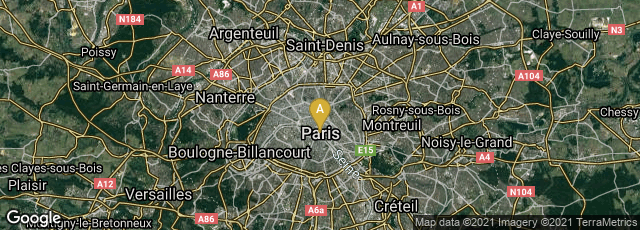

A: Paris, Île-de-France, France
Both sides of the sample anthropometric data sheet of Alphonse Bertillon, a pioneer of the Scientific Police, inventor of anthropometry, first head of the Forensic Identification Service of the Prefecture de Police in Paris (1893). Apparently Bertillon had no special identifying marks. Archives de Service Regional d'Identité Judiciaire, Préfecture de Police, Paris
In 1879 French police officer and biometric researcher Alphonse Bertillon first published a description of his method of anthropometry. He developed this system, which used five measurements— head length, head breadth, length of middle finger, length of left foot, and length of forearm from elbow to extremeity of middle finger — as a means for identifying people. It was the first scientific method for the identification of criminals. Until this time, criminals could only be identified based on eyewitness accounts, which were known to be unreliable.
Bertillon first employed his method, which was eventually called "Bertillonage," in the successful identification of a criminal in 1883. It became the first extensively used scientific method of criminal identification.